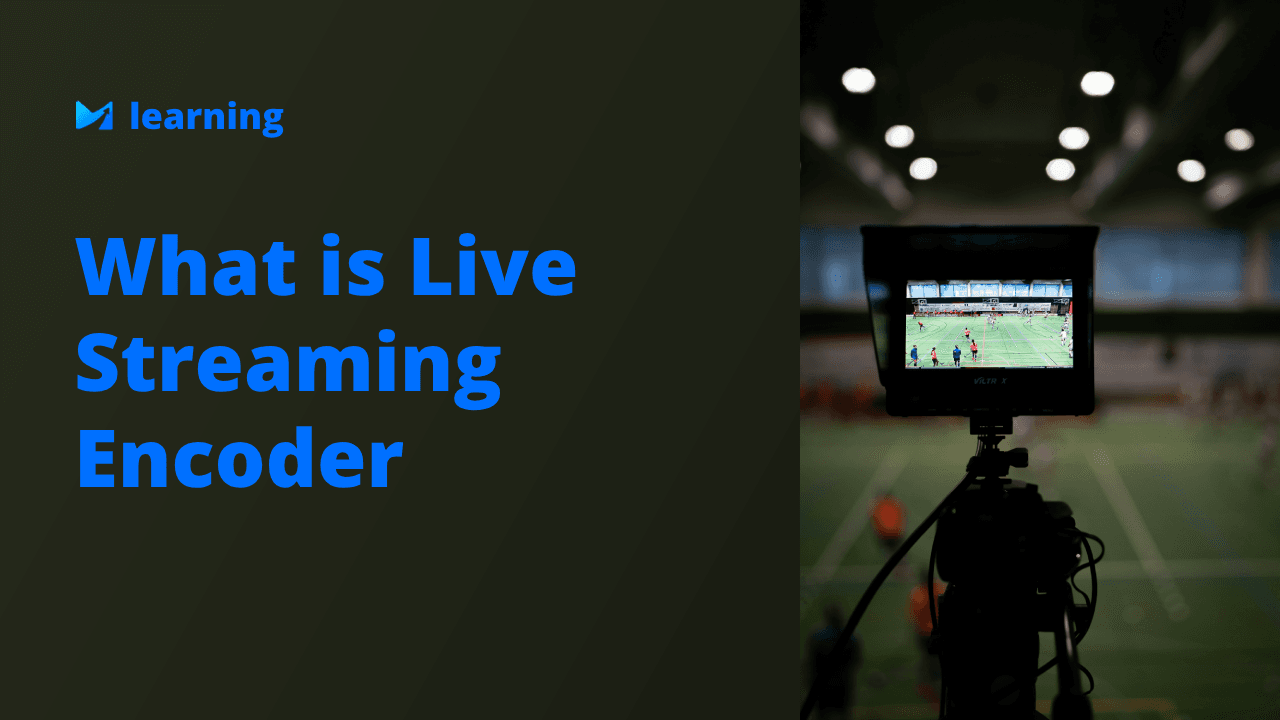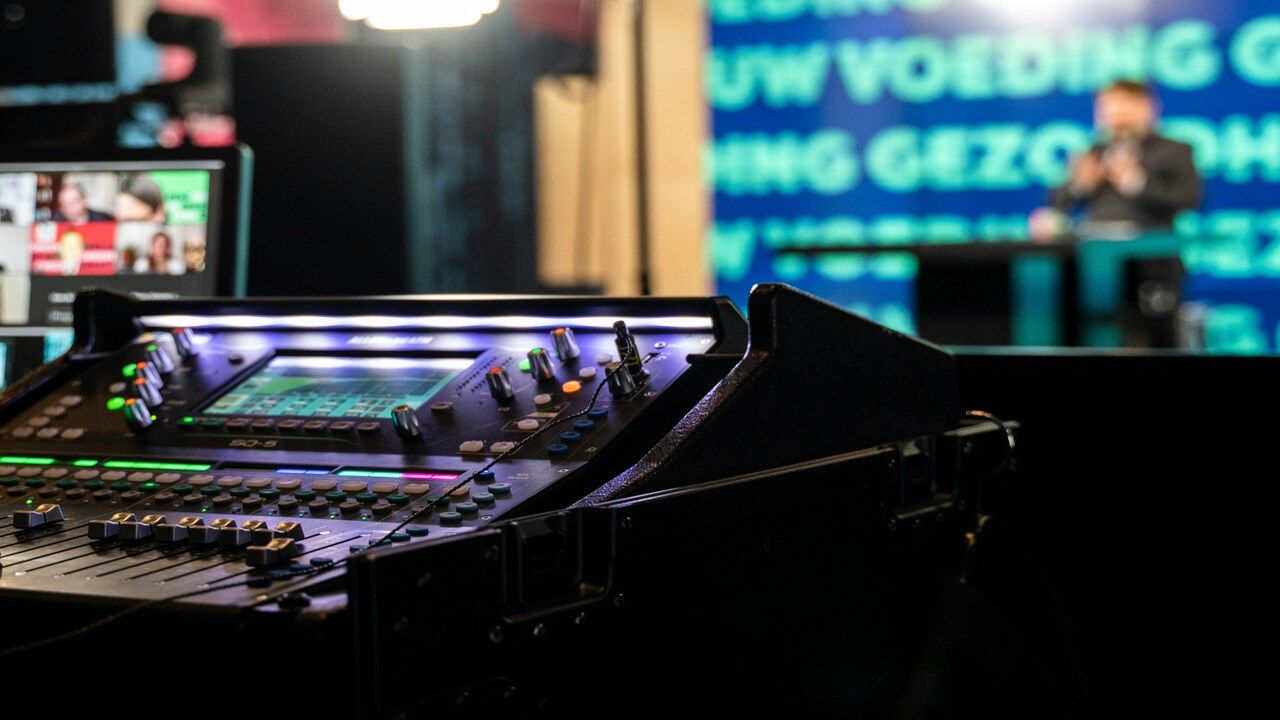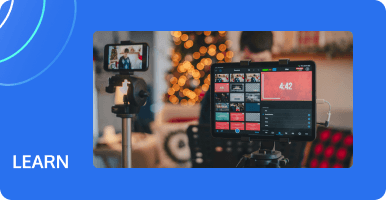Live Streaming Encoder: Revolutionizing the Way We Broadcast
Introduction
In the ever-evolving world of digital media, live streaming has become a pivotal tool for content creators, businesses, and educators alike. Central to the success of any live stream is the Live Streaming Encoder, a device or software that converts video and audio signals into a digital format suitable for streaming over the internet. This article delves into the intricacies of Live Streaming Encoders, the prerequisites for setting up one, the steps to build your own, recommended software, and the advantages of using MPS for live streaming.

What is a Live Streaming Encoder?
A Live Streaming Encoder is a crucial component in the live streaming process. It converts raw video and audio signals from a camera and microphone into a digital format that can be transmitted over the internet. This conversion process is essential for ensuring that the video and audio are compressed and encoded in a way that maintains quality while being efficient for streaming.
Live Streaming Encoders can be hardware-based or software-based. Hardware encoders are physical devices dedicated to encoding video and audio, often used in professional broadcasting environments. Software encoders, on the other hand, are applications installed on a computer that perform the same function. Both types of encoders play a vital role in delivering high-quality live streams to audiences worldwide.
Prerequisites for Setting Up a Live Streaming Encoder
Before diving into the setup of a Live Streaming Encoder, it's essential to ensure you have the necessary equipment and a stable network environment.
1. Equipment Requirements:
Camera: A high-quality camera is crucial for capturing clear and sharp video. Depending on your needs, this could range from a simple webcam to a professional-grade camera.
Microphone: Clear audio is just as important as video. Use a good microphone to ensure your audience can hear you clearly.
Computer: The computer will run the encoding software. Ensure it has sufficient processing power and memory to handle the encoding process smoothly.
2. Network Environment:
Bandwidth Requirements: A stable and fast internet connection is vital for live streaming. The upload speed should be sufficient to support the resolution and bitrate of your stream.
Network Stability: A stable network prevents interruptions and ensures a smooth streaming experience.
3. Additional Accessories:
Video Capture Card: If you're using a professional camera, a video capture card is necessary to connect the camera to your computer.
Lighting Equipment: Proper lighting enhances video quality, making your stream look more professional.
How to Set Up a Live Streaming Encoder
Setting up a Live Streaming Encoder involves several steps, from connecting hardware to configuring software. Here's a step-by-step guide:
1. Hardware Connection:
Connect the Camera and Microphone: Connect your camera and microphone to the computer. If using a professional camera, connect it via a video capture card.
Install and Configure the Video Capture Card: Follow the manufacturer's instructions to install and configure the capture card.
2. Software Installation:
Download and Install Encoding Software: Choose an encoding software that suits your needs. Popular options include OBS Studio, Wirecast, vMix, and XSplit.
Configure Encoding Software: Set up the software by selecting the appropriate video and audio sources. Configure the resolution, bitrate, and other settings according to your requirements.
Recommended Software for Live Streaming Encoders
Choosing the right software for your Live Streaming Encoder is critical for achieving high-quality streams. Here are some top recommendations:
1. OBS Studio:
OBS Studio is an open-source and free software that offers powerful features suitable for both beginners and professionals.
2. Wirecast:
Wirecast is a commercial software that provides advanced features for professional live streaming needs, including multi-camera switching and live production capabilities.
3. vMix:
vMix offers robust video mixing and switching capabilities, making it ideal for complex live streaming scenarios.
4. XSplit:
XSplit is user-friendly software that caters to both gaming and interactive live streaming.

Advantages of Using MPS for Live Streaming Encoders
Tencent MPS (Media Processing Service) offers several advantages for those looking to use a Live Streaming Encoder:
1. High-Quality Audio and Video Processing:
MPS provides exceptional audio and video encoding technologies, ensuring top-notch streaming quality.
2. Real-Time Cloud Streaming Services:
MPS supports large-scale concurrent live streams, guaranteeing stability and smooth performance.
3. End-to-End Capabilities:
From encoding, enhancing, transmitting, to playback, MPS offers comprehensive support throughout the live streaming process.
4. Data Security and Compliance:
MPS ensures the security and compliance of user data, providing reliable service guarantees.
5. User Experience Optimization:
MPS offers various optimization tools to enhance the viewing experience for audiences.
Conclusion
Live Streaming Encoders are indispensable tools in the realm of digital broadcasting. From understanding what a Live Streaming Encoder is to setting one up and choosing the right software, this article has covered all the essential aspects. Additionally, leveraging MPS for your live streaming needs can significantly enhance the quality and reliability of your broadcasts. As live streaming technology continues to advance, the potential applications and benefits will only grow, making it an exciting field to watch.
Q&A
Q1: What is the difference between hardware and software Live Streaming Encoders?
A1: Hardware encoders are dedicated physical devices designed specifically for encoding video and audio, often used in professional settings. Software encoders, on the other hand, are applications installed on a computer that perform the same function. While hardware encoders can offer greater reliability and performance, software encoders provide flexibility and are generally more cost-effective.
Q2: How important is internet speed for live streaming?
A2: Internet speed, particularly upload speed, is crucial for live streaming. A stable and fast internet connection ensures that your live stream is transmitted smoothly without buffering or interruptions. The required upload speed depends on the resolution and bitrate of your stream; higher quality streams require more bandwidth.
Q3: Can I use my smartphone as a Live Streaming Encoder?
A3: Yes, smartphones can be used as Live Streaming Encoders with the help of specific apps designed for live streaming. Apps like Streamlabs and Larix Broadcaster allow you to use your smartphone's camera and microphone to stream live content. However, for professional-quality streams, dedicated cameras and encoders are recommended.
You are welcome to Contact Us for more information.

